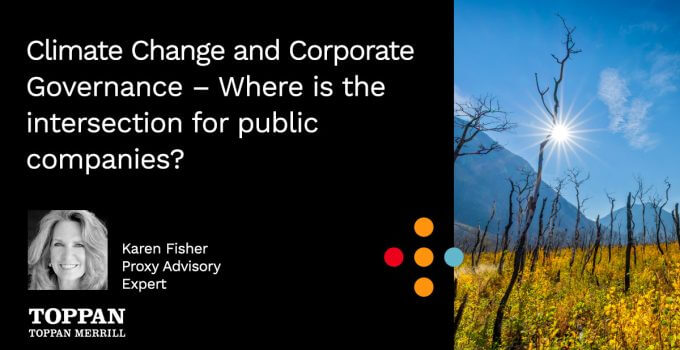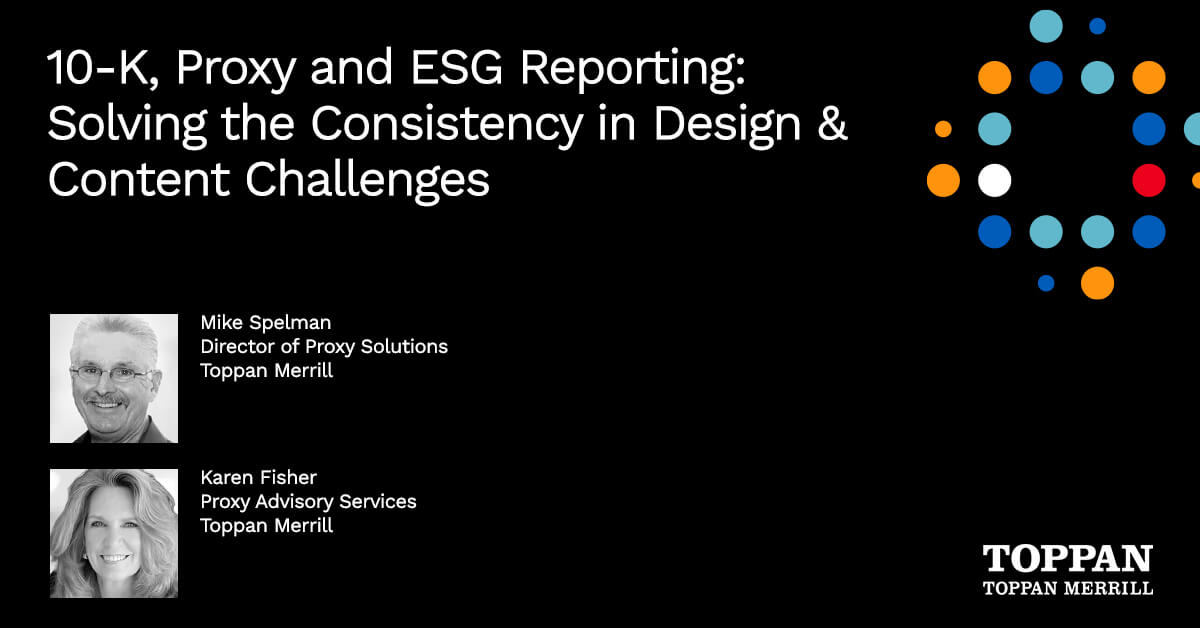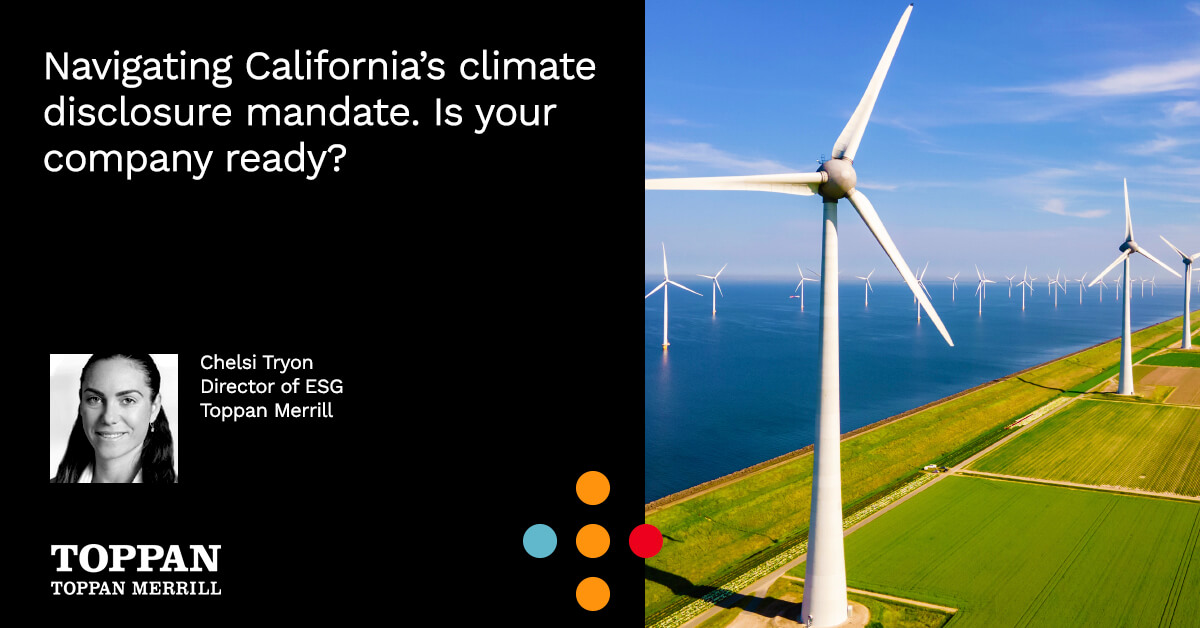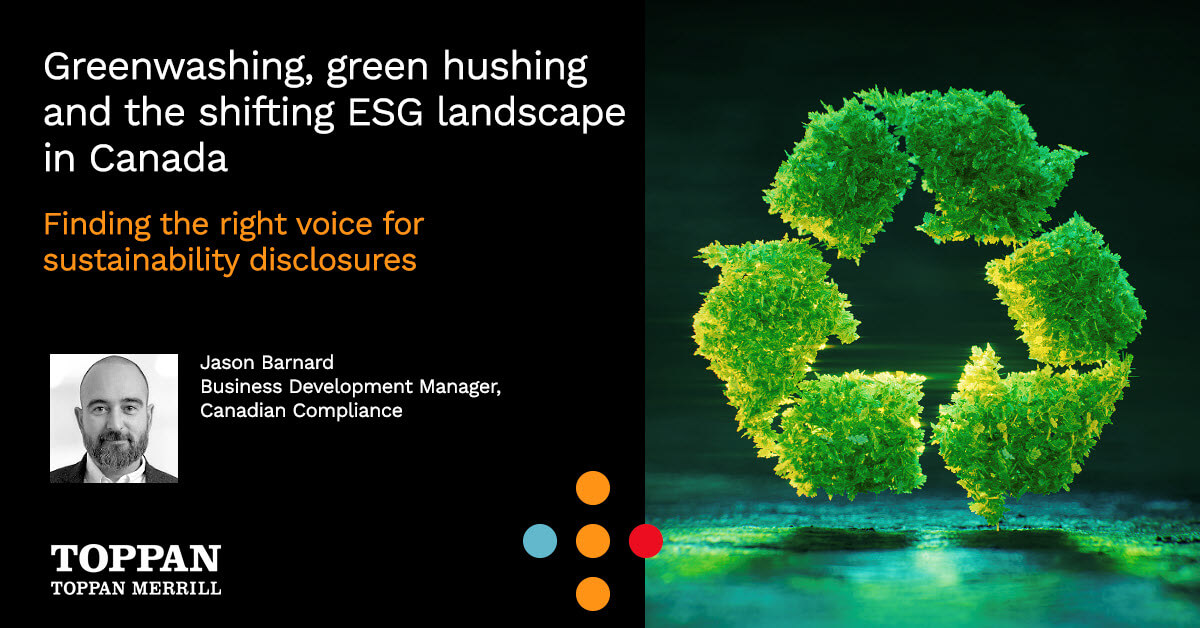How SOX changed the Board’s role
Up until the 2000s, Board members typically limited themselves to an oversight role, often rubber-stamping approval of the CEO’s strategic plan without getting into the details of its formulation. Most boards viewed their job as rewarding profitability or handing out consequences for losses — all based on a rear-view mirror perspective of financial performance.
In the United States, the arrival of the Sarbanes-Oxley (SOX) Act of 2002 completely changed the Board’s role. SOX raised the stakes for Board members, giving them direct responsibility for managing the CEO’s job performance, overseeing financial reporting and supervising risk management. Moreover, SOX increased the Board’s legal liability to shareholders. As a result, board members started paying much closer attention to the goings-on within their organizations, including getting involved in corporate strategy.
Corporate boards now more closely examine the planning process. They want to see that risks are properly addressed — not in an ad hoc manner, but in a standardized fashion via a robust strategic planning methodology.
Boards take an active role in strategy planning
Over the past five years, we have seen an even greater increase in board involvement in strategy. In particular, Boards increasingly recognize that a hindsight view is not enough to steer companies away from looming catastrophes. They’ve taken a more active role in front-end strategic planning to help keep organizations on a healthy and sustainable course.
For example, boards (and major shareholders) have always been very involved in strategies that use acquisitions and mergers to accomplish growth. But in today’s environment, where strategies often revolve around more basic blocking and tackling maneuvers rather than complex M&A transactions, organizations increasingly seek counsel and input from the Board.
Climate change now a central strategic consideration for every business
As Board members take a more proactive role in helping companies respond to critical enterprise risks, business complexity, technological disruptions, and social and environmental obligations, climate change risks and opportunities have moved to the top of the strategic agenda.
Up until the last few years, most board members considered climate change separate from the daily imperatives of organizations and beyond the scope of their obligations as directors. But as the impacts of climate change increasingly reshape our world in the present — from where people live, what they eat and how they work to more complex geopolitical issues — climate change is also reshaping what business models remain viable. Directors have both a moral and a fiduciary duty to integrate climate change into their strategic and oversight considerations. In short, thinking about climate change risk and climate change mitigation is now a central part of a board director’s job.
The three components of corporate climate risk
Companies today must address climate risk along three fronts: physical risk, transition risk, and compliance risk.
- Physical risk of climate change: This is how a company’s physical assets interact with the physical manifestations of a warming climate. Physical risk can be direct — such as when extreme weather events or rising sea levels directly impact a company’s asset base. Companies can also have indirect physical risk when climate change impacts regional supply chains, customer bases, or global economic health.
- Transitional risk of climate change: Transitional risk focuses on changes driven by broad climate change mitigation initiatives or behaviors—for example, accelerating technological changes, declining green energy costs, and increasing customer preference for low-carbon options which hasten the abandonment of traditional energy sources. Transitional risk is most notable in emerging markets, where development often leapfrogs traditional energy sources and investment goes directly to clean energy.
- Compliance and disclosure risk of climate change: Compliance and disclosure risk involves new ethical and business imperatives around climate change and its disclosure components. For example, many of the world’s largest institutional investors have joined politicians, customers, and employees in demanding that companies and their boards be proactive about climate change mitigation and sustainability, specifically calling on companies to find ways to improve disclosures around these issues. Companies are now expected to make transparent, proactive steps to improve climate change governance and disclosures. There are now over 1500 laws worldwide covering land use, energy, transport, and climate change.
How companies and boards should think about climate change
Businesses have dramatically increased their focus on climate risk in the past several years. But it’s clear the business world still has significant work to do in appropriately assessing and addressing climate risk. The 2021 Ernst & Young Climate Risk Disclosure Barometer examined more than 1,100 companies across sectors and found that not all are undertaking a climate scenario analysis, and those that do are inconsistent in their approach. The research shows that only 41% of the organizations assessed have disclosed whether they conduct scenario analysis to examine the likely scale and timings of particular risks and prepare for the worst-case outcomes.¹
But assessing climate risk can be challenging. It’s highly uncertain and sometimes difficult to quantify. And its systemic and pervasive nature makes climate risk difficult to hedge against. Climate change presents a new and complex issue for many boards—one that requires the analysis of both scientific and economic effects. Boards need to integrate climate change into their strategy while updating company practices and financial targets that take into consideration the world’s climate goals.
The truth is that most directors are not climate change experts. They don’t maintain a complete and current understanding of climate science. They don’t have deep knowledge of the technologies, stakeholders, and economic theories that have emerged to prevent widespread climate events. So, how can companies gain the forward-thinking climate change expertise needed to build an effective climate governance program? Here are four key strategies:
- Education – Become climate change-savvy. Resources abound, from climate-related commissions, initiatives, and organizations to structured training and certifications. While this does not fall entirely on the directors’ shoulders, it is the responsibility of directors to create long-term value for shareholders. Directors need to be able to articulate how climate change risks are being managed, how compliant the company is today, and what the path to full compliance looks like.
- Diversity – Diversity of thought is imperative. An effective board includes environmental/sustainability experts, particularly when the company’s long-term identity and purpose includes statements around reducing the effects of climate change and becoming net-zero tolerant.
- Advisory boards – Advisory boards provide a dynamic perspective, counsel, and guidance on ESG matters. Boards and management teams should have a detailed understanding of the impacts that climate change brings to the organization, its products, and its assets. Advisory boards can serve this function by anticipating risks and opportunities and foreseeing needed policy revisions related to climate change.
- ESG-specific risk committee – Ensure the right depth of oversight is allotted to climate change. Generally, the ESG oversight task is relegated to the Governance and Nomination Committee, or sometimes the Audit Committee. However, it is time to give serious consideration for a committee that can fully discuss the material aspects of climate change and elevate discussions to the general board agenda.
It’s time to elevate climate change as a top Board priority – the intersection
The complexities and uncertainties surrounding climate change make it a dense and daunting topic. But it’s clear Boards must elevate climate change as a key focus for proactive business strategy and planning. The urgency around climate risk continues to grow faster than previously expected. Board members must make it a core responsibility to become fluent and knowledgeable in climate change, climate risk and climate risk mitigation, and to adopt the necessary expertise to support informed planning and decision-making. In particular, this includes implementing board succession practices that prioritize the addition of new board members with climate change and climate risk mitigation expertise.
Toppan Merrill helps dozens of its clients take on this critical task. We provide guidance and counsel during the proxy advisory audit, where we advise clients on how to effectively communicate their proactive strategies and investments in climate-change-ready business models and climate risk mitigation, as well as how to illuminate those compelling stories through annual reports, ESG reports, and other shareholder communications.
Contact our team of experts to learn how Toppan Merrill can assist your Board and management team in becoming more fluent and prepared for the looming future of climate change.
¹ “Is Your ESG Data Unlocking Long-Term Value,” November 3, 2021, Mathew Nelson, EY Oceania Chief Sustainability Officer



